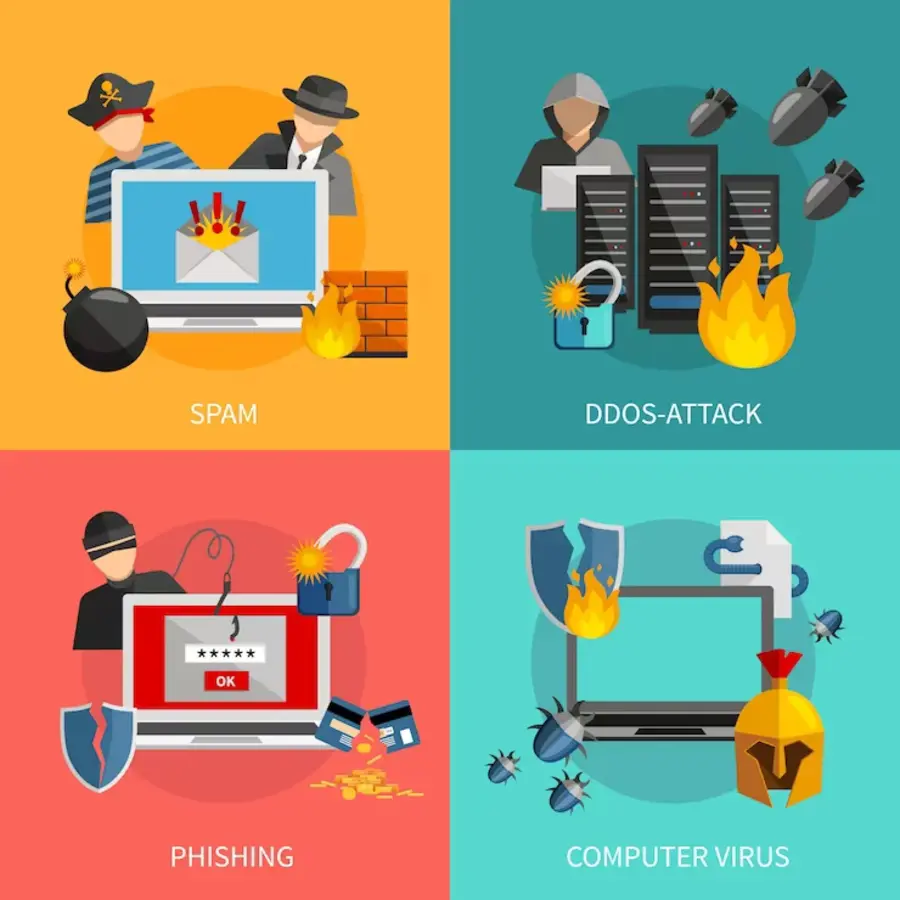In today’s digital age, cybercrime has become an increasingly severe threat. Malware is malicious software designed to damage or gain unauthorized access to computer systems. It can be challenging to detect, remove, and cause significant harm to individuals and businesses. This guide of Night Agency will explore the various types of malware and how to recognize them.
1. Virus
A virus is a program that replicates itself and spreads to other files on a computer. It can cause damage by corrupting or deleting files, stealing personal information, and spreading spam.
2. Worm
A worm is a self-replicating program that spreads across networks and computers. It can consume bandwidth, overload servers, and create backdoors for hackers to access a computer system.
3. Trojan
A Trojan is a program disguised as legitimate software with malicious intent. It can steal data, install additional malware, and create backdoors for hackers.
4. Ransomware
Ransomware is malware that encrypts a victim’s files and demands payment in exchange for the decryption key. Encrypting critical files can cause significant damage, causing data loss and disrupting business operations.
5. Adware
Adware is malware that displays unwanted advertisements on a victim’s computer. It can be challenging to remove and can slow down computer performance.
6. Spyware
Spyware is malware that secretly monitors a victim’s computer activity, including keystrokes and web browsing history. It can steal sensitive information, such as passwords and financial data.
Now that we’ve explored the various types of malware let’s discuss how to recognize them.
-
Pop-up ads or messages that won’t go away
Suppose you see excessive pop-up ads or messages that won’t disappear. In that case, your computer is likely infected with adware or spyware.
-
Slow computer performance
If your computer runs slower than usual, it could be infected with malware. Malware can consume a significant amount of system resources, causing sluggish performance.
-
Unexpected changes to computer settings
Suppose you notice unexpected changes to your computer settings, such as new toolbars, changed homepage or default search engine. In that case, your computer may be infected with adware or a browser hijacker.
-
Unexplained data usage
If you notice a significant increase in data usage, it could be due to malware on your computer. Malware can use your internet connection to communicate with its command-and-control server or download additional malware.
In conclusion, malware is a severe threat that can cause significant damage to both individuals and businesses. Knowing the different types of malware and how to recognize them is essential. Following the tips in this guide can help protect your computer from malware and keep your personal information safe. Remember to always keep your antivirus and security software up to date and to be cautious when downloading or opening suspicious files.

Leave a Reply